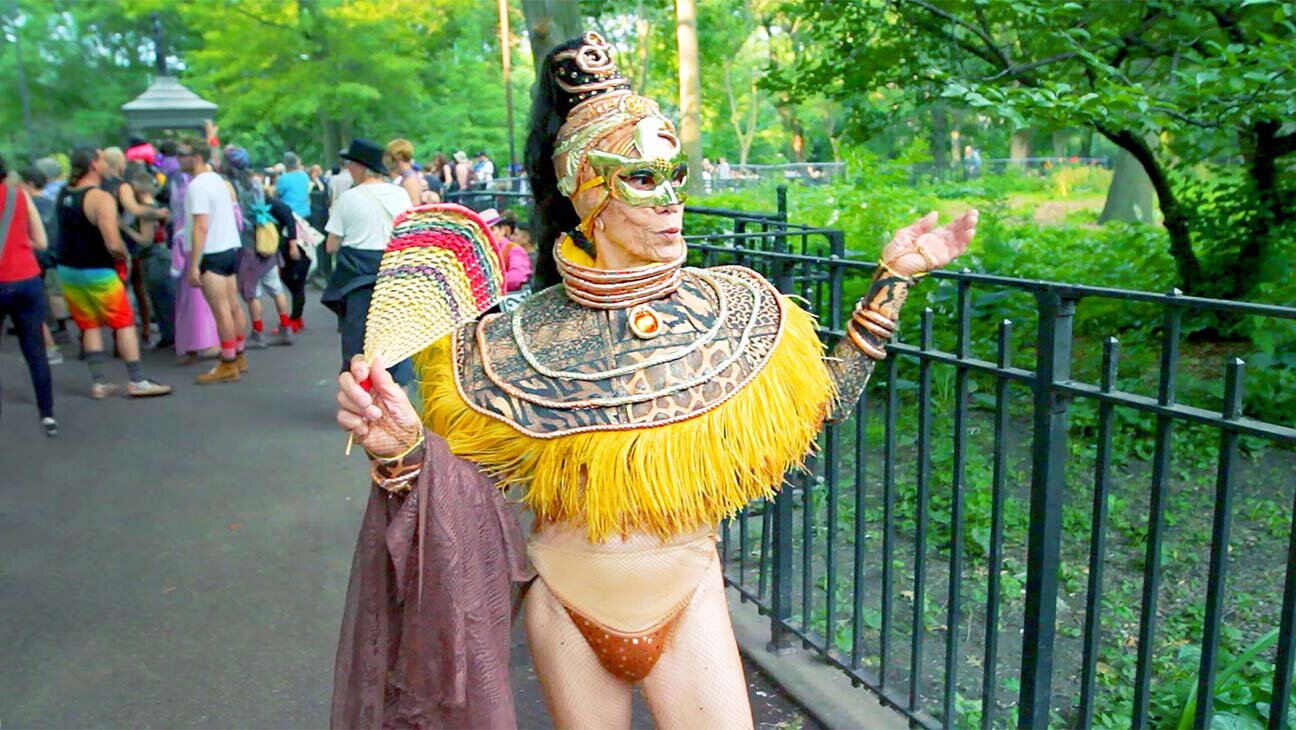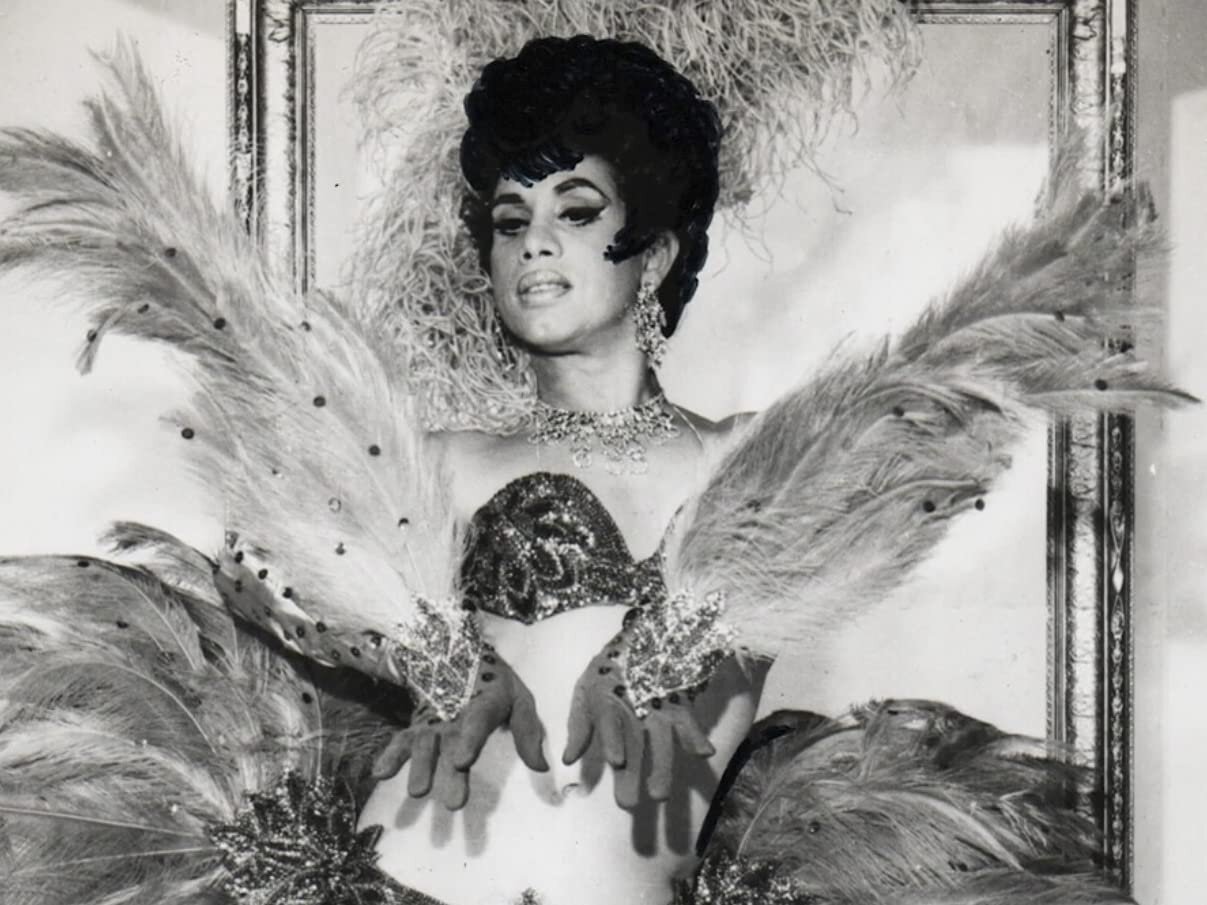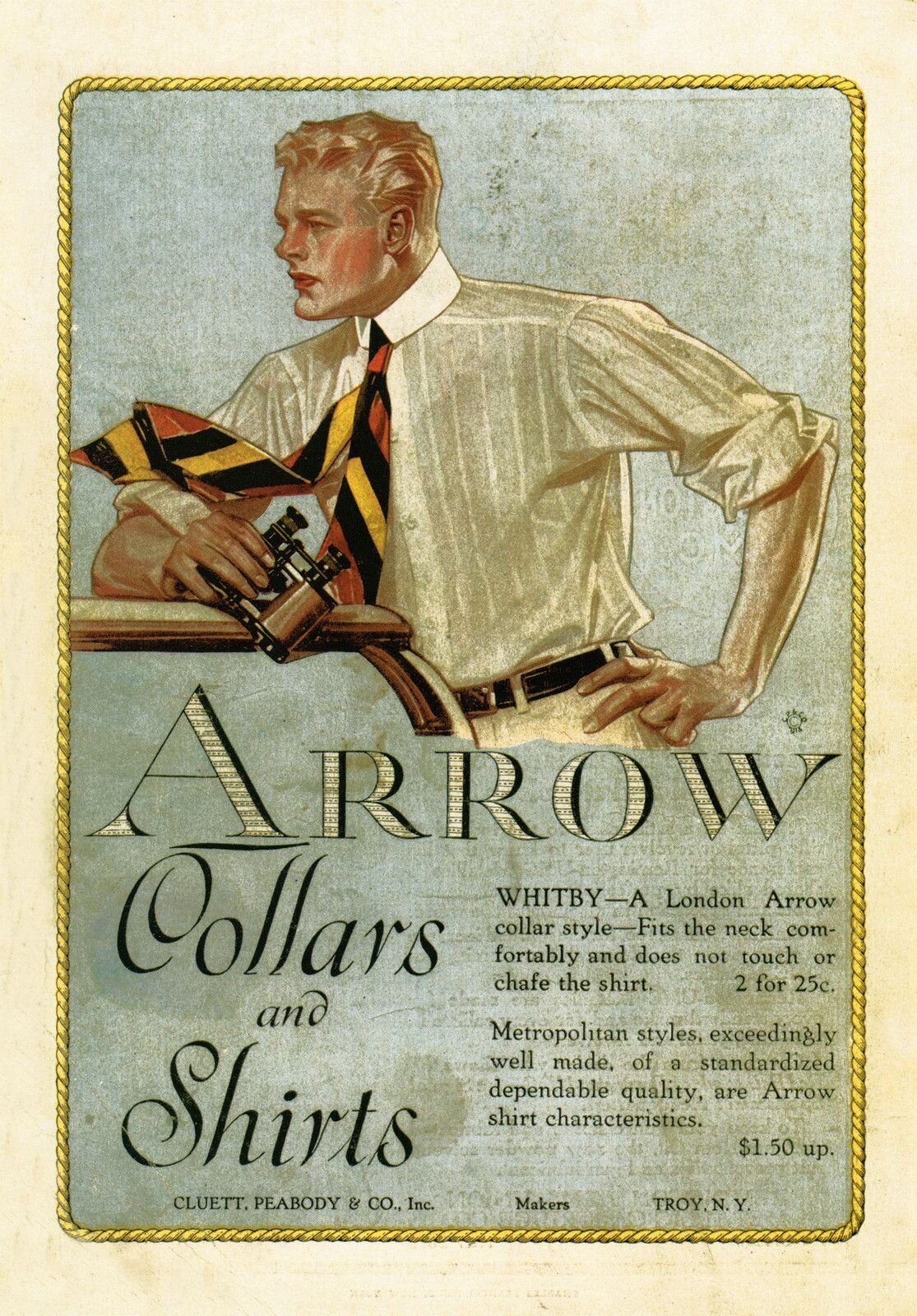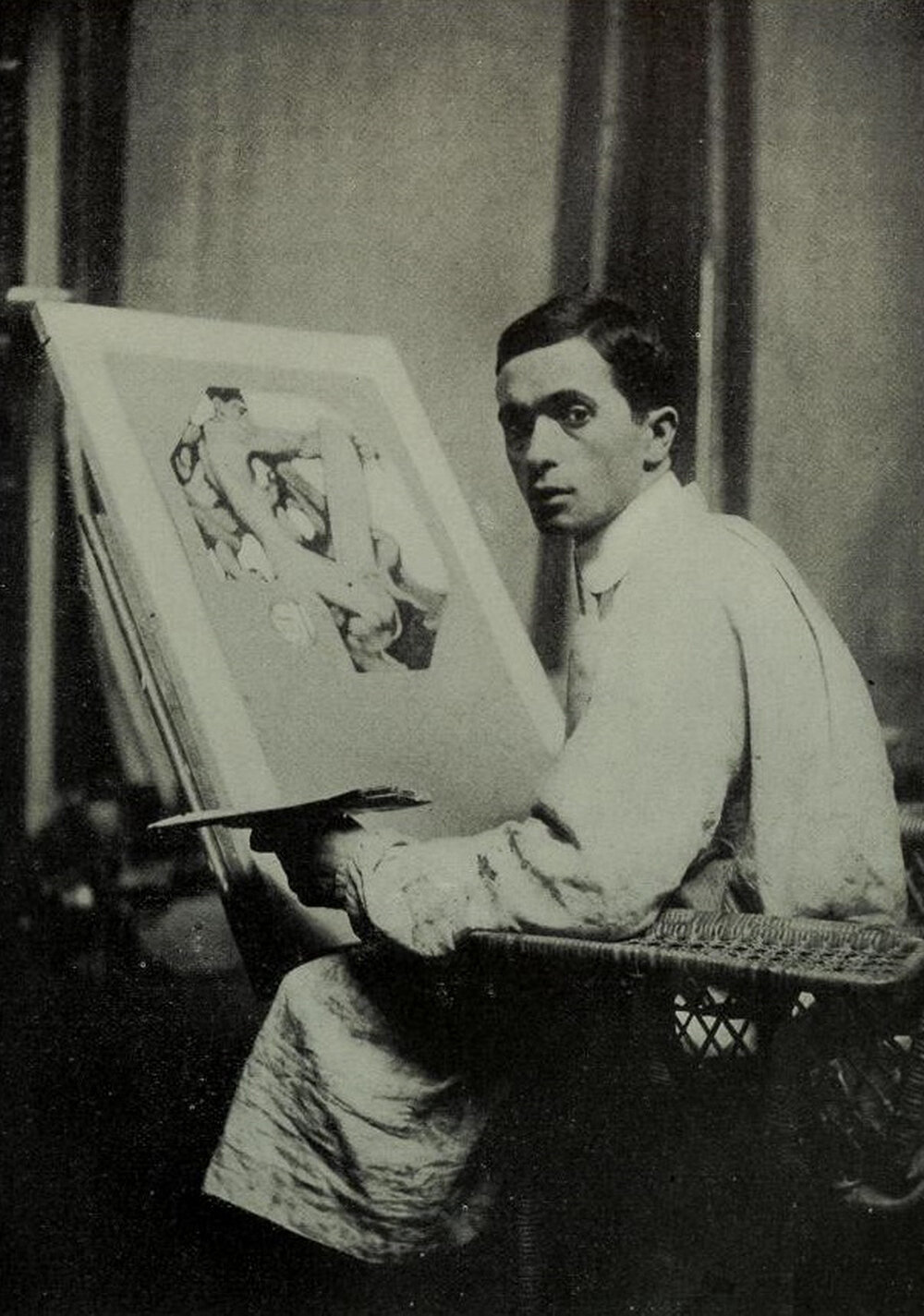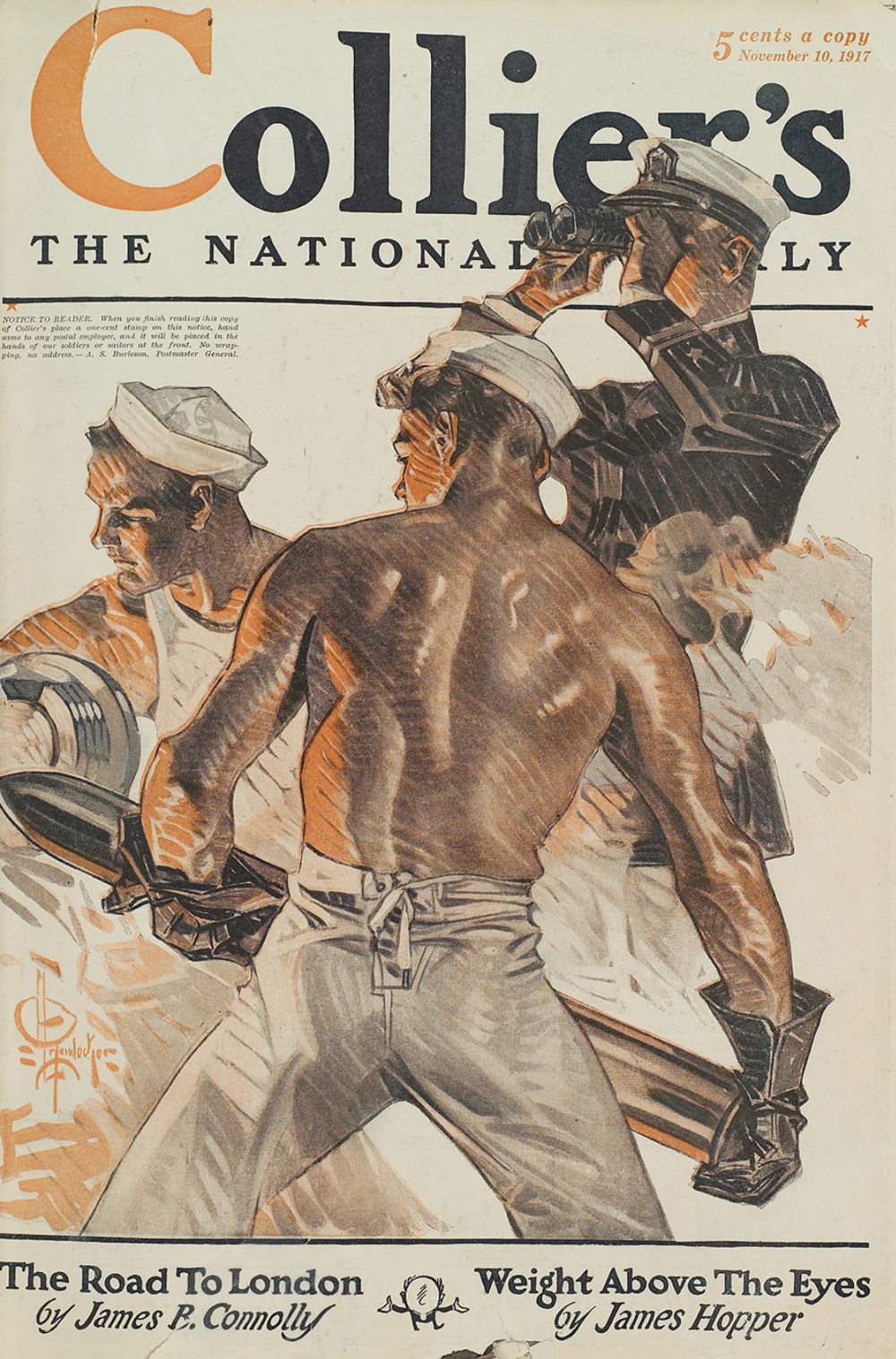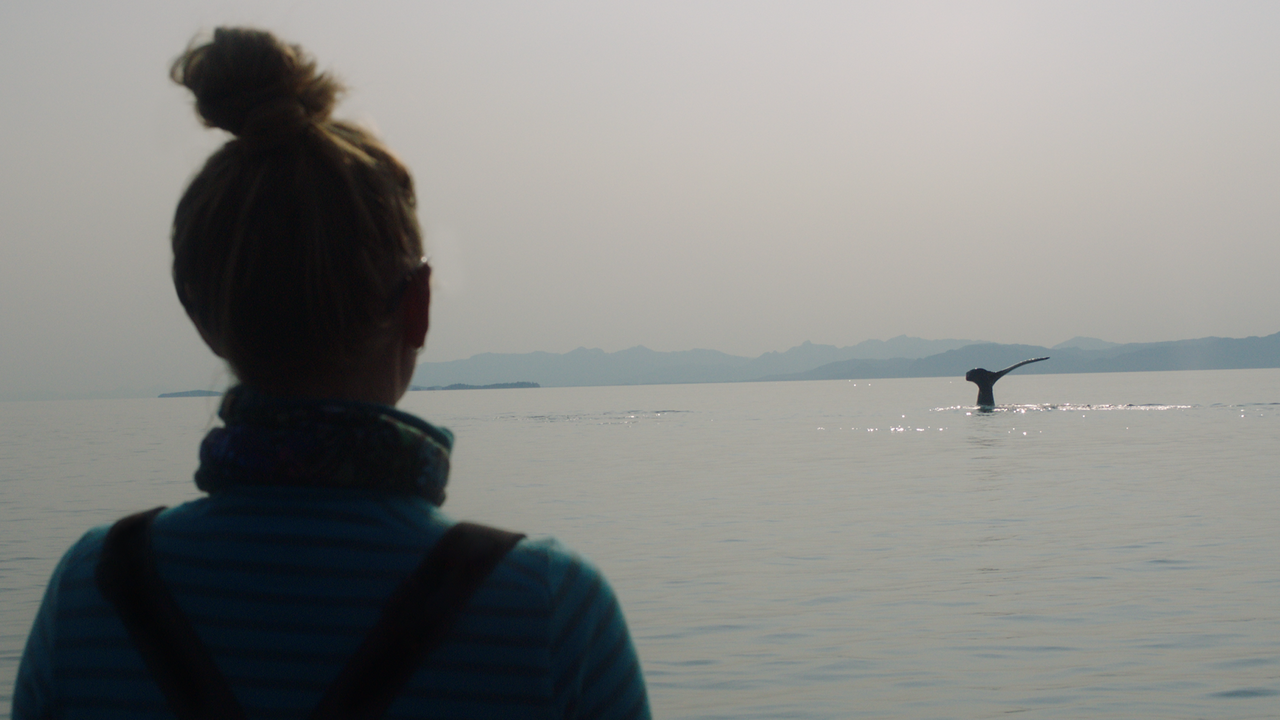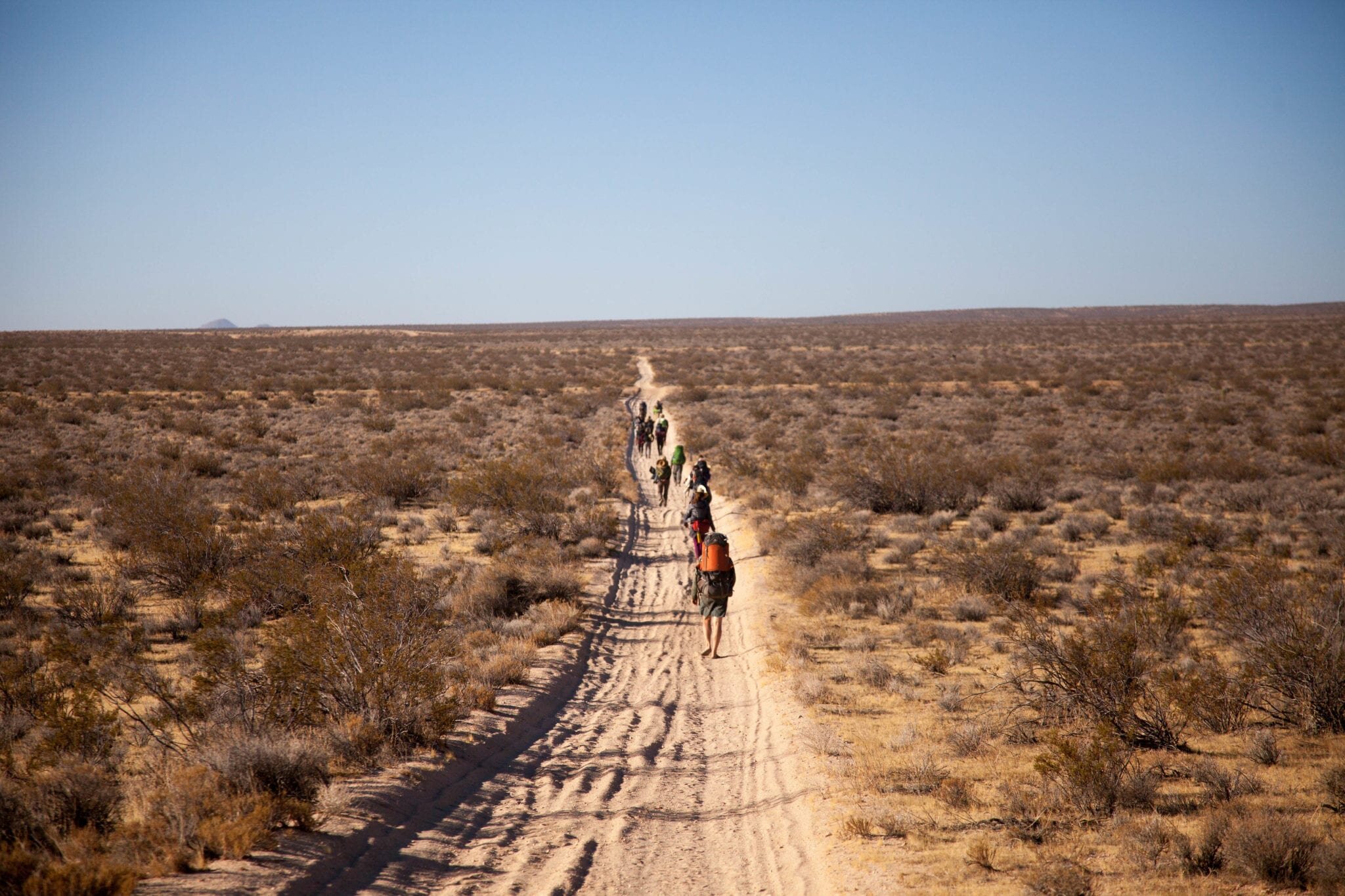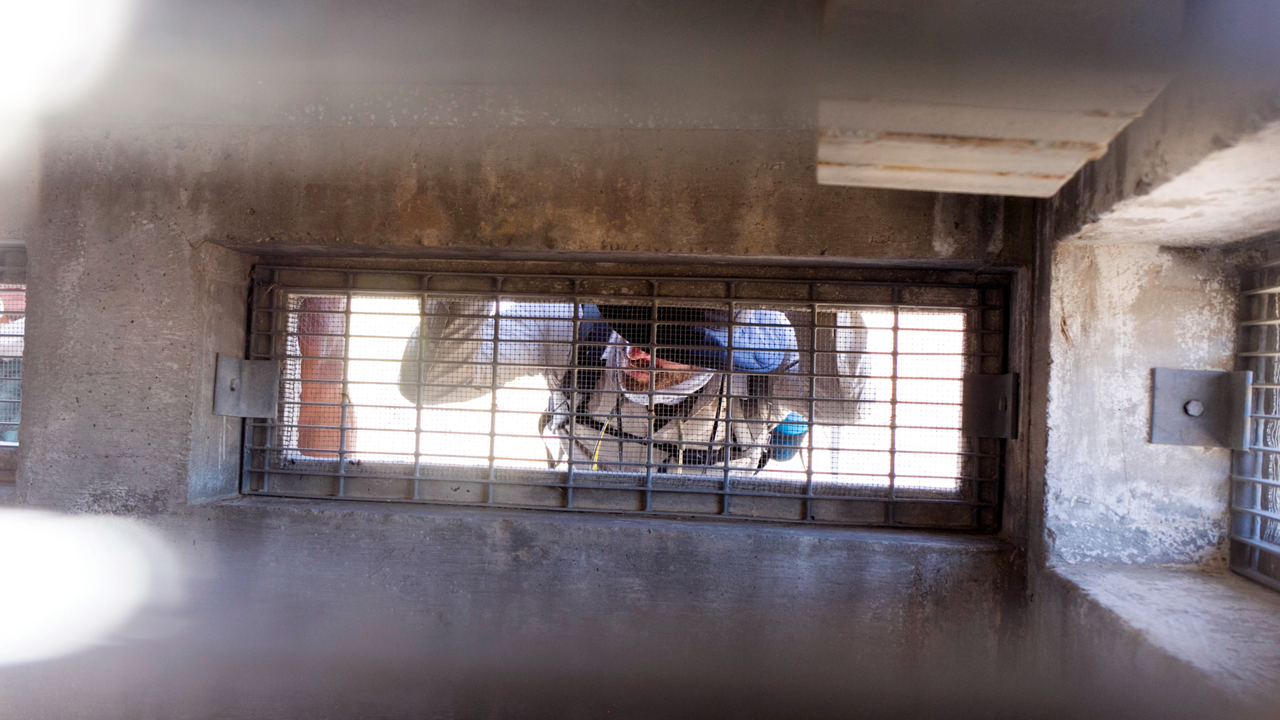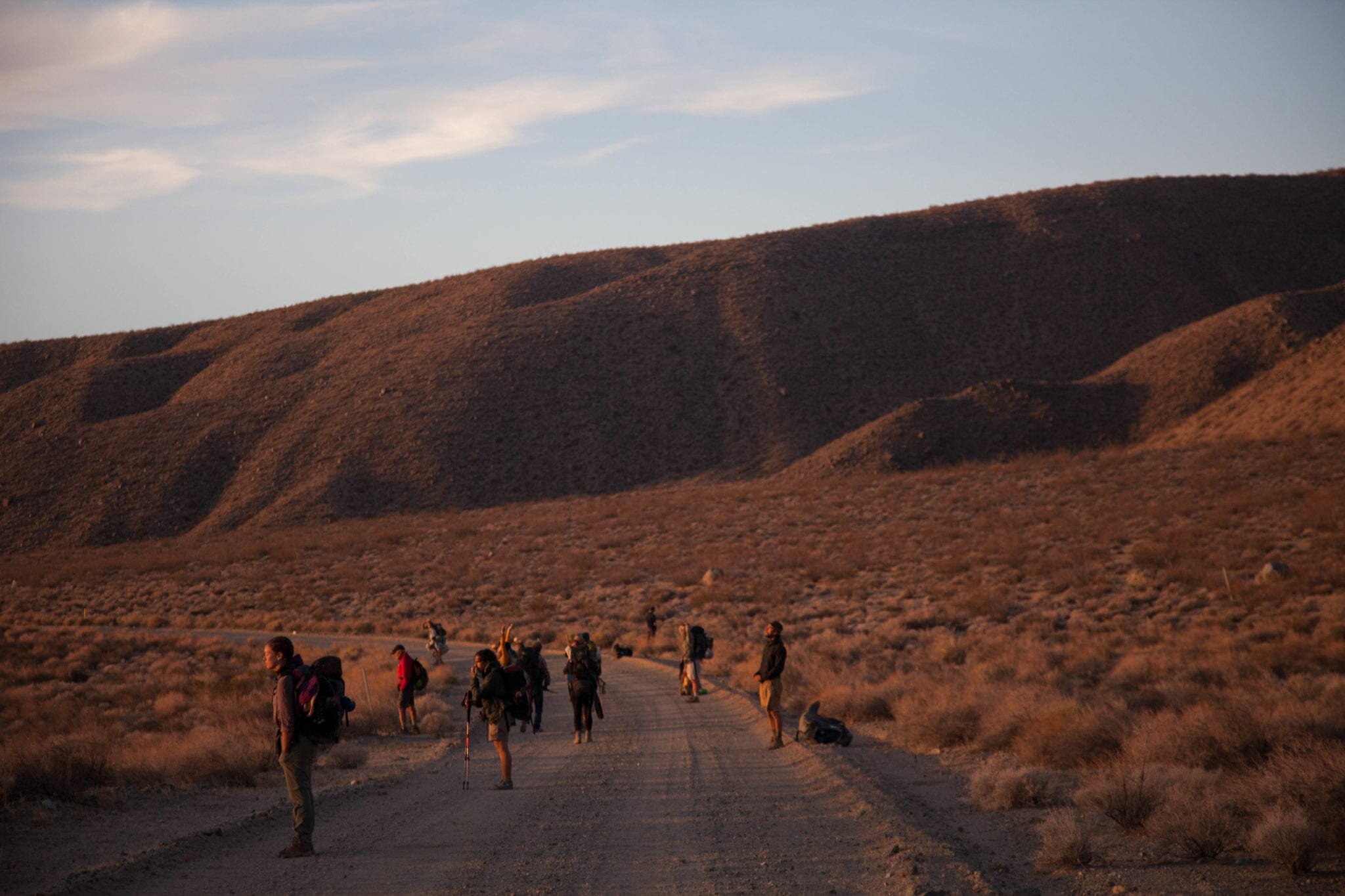Tribeca Film Festival 2021
New York / On-line, JUNE 9 - 20, 2021
Drake Stutesman
Some films to see:
P.S. BURN THIS LETTER PLEASE
2020
Directors: Michael Seligman and Jennifer Tiexiera
US
105 min.
Using an actual found box of letters as a throughline in the documentary, P.S. Burn This Letter Please, directors Michael Seligman and Jennifer Tiexiera have made a film that shows a world that is very specific - the lives of working drag queens in 1950s New York - but is not estranging to those who are outside it. The men, who refer to themselves as "female impersonators," rejecting the "drag" name, reveal an engrossing ‘50s world of clubs, costume houses, low-level crimes, raids, jobs, long friendships, social stigmas, deaths, and childhood memories. Using original home movies, especially of the young queens performing or dressing or hanging out, the film also utilizes intimate devices such as brightly colored, floral wallpaper backgrounds (even in split screen effect) and animation as well as the actual handwritten letters appearing on the screen, with the words revealing as if just being written. Each writer (named and repeatedly returned to) is given a different reader to bring the letters to life. Interviews with some of the men (as they refer to themselves) today, and often filmed at home, already are preceded by this intimacy because the film sets up the letters as so alive.
P.S. Burn This Letter Please, remarkably, makes this ‘50s gay drag world real and close, far and exclusive, elusive and familiar. This is a timely film, evoking this ‘50s era, and revealing the men as bonded with one another, in a time in which they were hounded by police, mafia, draconian laws and painful rejections (by family and gay and straight society). But the film shows them equally, if not more so, as visible, self-accepting and part of the everyday fifties world. As important, P.S. Burn This Letter Please lauds the female impersonators as ground breakers, decades before the larger solidarity generated by the 1969 Stonewall Uprising set a precedent for legal changes, in their courage to act as they wanted and to be true to themselves. One man regards their rejection as powerfully fundamental. He thinks the drag artists were viewed as men who seemingly "gave up the power to be male" which dangerously "challenged the whole concept of patriarchy." This undercurrent of challenge in their lives is very deep and is evoked in one artist's words in one of the last interviews in the film: "It's to speak to people and say something and make them see something."
Must see. A beautifully made film about New York drag queens and their lives in 1950s America.
THE DEATH OF MY TWO FATHERS
2021
Director: Sol Guy
US
86 min.
Sol Guy's penetrating film about his large, blended family, The Death of My Two Fathers, edited by Matthew Cooke and shot by Rafe Scobey-Thal, filmed over two years, makes for a story that is profoundly and unusually told. Guy uses typical methods to approach this subject. He searches fragmented, disrupted relationships, shifts in success, avenues of work, home life, swings in cultural circumstances, losses, prejudices, leaps forward, falls back. He uses typical documents such as home movies, photos, videos, taped speeches, taped memories, letters, interviews, and reunions. He faces a typical dilemma: "What we don't heal, what we don't confront, we pass on." Yet, Guy's film is not typical because he manages to let the film be contained, welcoming, emotional, unfolding, bitter, joyful, releasing, and self-aware, and yet be unstable with no beginning and no end.
An African American, with a black father and white mother, Guy brackets the film with two deaths: Guy's own father, Richard William Guy, who, in the 1990s, while dying of cancer, made a series of direct address videos/miniDVDs for his family; and Sol Guy's white stepfather, Frey Parkhouse, who dies of ALS decades later. In between, Guy meets cousins he knows and some he hasn't met before, as well as half-sisters and brothers, in-laws, nephews, nieces. He begins The Death of My Two Fathers by filming his two children, aged 10 and 12, with his voice off-screen telling them that he wants the film to help them know how to live as African Americans, something he sees as unpredictable in his father's life, whom, he says later, "died of being black in America." He feels that his father felt, and that black generations have felt, the pressures of "unchecked health issues, lack of education, lack of opportunity, centuries of racism and racial terror, circles and cycles of trauma." The film's beginning, with Guy's own children and his off-screen voice speaking while filming them, is, really, the structure of the entire film. Guy moves in and out of the screen as he pieces together every part - the spaces between, the lack of knowing what and why something happened, old bonds, new bonds, new loves, disruptions, memory loss, memories blocked out, memories retained, self-revelation, self-understanding, denial, courage, feeling cowed, running away, running toward, and just living life and dying.
The film is classified in the genre of "documentary" and the Tribeca Film Festival adds another classification of "drama." But the film is more a "staging" of a drama rather than a narrative of a drama. Guy describes his own "passion" as a desire "to explore art and social change" and he describes himself as "a founding member of the hip hop group Rascalz, a TV show creator, a film director and producer, an author, and an artist." This sense of himself as a mix of aims, focused on his "passion" to enter unknown social change, is a definition of The Death of My Two Fathers. Guy succeeds in making the film and his own unfolding perception into one thing and this makes the film universal as much as it is utterly personal.
Must see. A deeply emotional film about African Americans, families, and their interwoven connections.
CODED
2021
Director: Ryan White
US
28 min.
In less than 30 minutes, Ryan White brings forth the story of the influential German-born American illustrator J.C. Leyendecker (1874-1951), whose work dominated, in the 1910s and 1920s, the vivid, creative advertising world of the late 19th and early 20th century, when magazines like Colliers, Harpers Weekly, and The Saturday Evening Post were the go-to sources for the hottest news, editorials, fiction, and advertisements, and all of these features were illustrated by artists, not by photographers. Leyendecker was a gay man who lived with a long term partner, and White persuasively sees in his work coded images that reveal his erotic love of men, especially striking in his highly successful illustrations for the Arrow shirts ad campaign, images so recognizable that they created the "Arrow Shirt Man."
The film uses animation by Danny Madden to fill in what isn't available to tell this story but, very effectively, includes brief interviews with young LGBTQ+ people today whose sense of pride White links directly to Leyendecker's, making an out-and-out lineage. Coded is a tragedy, in that Leyendecker lost his status as vogues changed, and by the 1930s his fame, social stardom, and lucrative career waned drastically. But White uses this lineage as a celebration of Leyendecker's talent and love of life and as an homage to a gay man whose work profoundly affected the world. It is also a welcome focus on the consequential illustrators like Leyendecker and others like him, such as Edwin Austin Abbey, Howard Pyle, and N.C. Wyeth, whose influence on American and international culture and, in particular, the arts (theatre, film, painting, advertising, fashion, costume, and more), of the 20th century, is incalculable.
Must see. A welcome focus on the influential illustrator J.C. Leyendecker, whose impressive advertising art revealed gay life in coded images.
FATHOM
2021
Director: Drew Xanthopoulos
US
87 min.
This documentary, made in a conventional style by Drew Xanthopoulos, presents a fascinating and unprecedented idea. The film, shot in the waters of both Alaska and Polynesia, follows two scientists, the American Dr. Michelle Fournet and the Scottish Dr. Ellen Garland, who have worked together for 20 years in the field - tracking, recording, and interpreting the songs and the sound patterns of the humpback whale, an animal seen throughout northern and southern oceans. The two women see the sounds as deliberately orchestrated by the whales, forming patterns in repeated series and in new sequencing. They determine that the humpback whales' complicated, repetitive, inventive sounds are globally connected. As fascinating as this is, the core of the film is that the two women pose a radical conclusion: that the whales, millions of years in development, are the first to create a culture, a coherent merging of meaning and communication into a structure, in this case a system composed of sound. Fournet and Garland describe this feat, literally, as the Earth's "first culture."
Fournet and Garland's idea is, thus, at one level, a preamble to the human concept of culture, based in structure, symbolic value, and communication. 100,000 years ago, humans had, as paleoanthropologist Genevieve von Petzinger explains in The First Signs: Unlocking the Mysteries of the World’s Oldest Symbols (2016), "fully symbolic minds like our own" and these symbols, John Hoffecker elaborates in Desolate Landscapes: Ice Age Settlement in Eastern Europe (2002), "were used to create new forms of organization." What Fournet and Garland discover in the whale songs is a form of organization that has been rendered; rendered means that it is created out of a symbolic concept. A symbolic concept is once removed from nature, and that is what culture is. This is why the two scientists view the whale sound structure, millions of years in the making, as the "first culture." 100,000 years ago, a similar symbiosis developed, in which human culture - society, science, technology and art - was being rendered as a symbiotically interconnected whole, which was fully functioning by 40,000 BCE. Fournet and Garland's wonderful supposition is, to give it its due, as they would agree, not radical per se, but, if seen in the fullness of the living timeline on the planet, is literally common sense: that the interrelationship of the world processes are symbiotic and any symbolic interpretations of those processes follow those patterns.
Must see film about humpback whales' sounds as the earliest form of culture.
REFLECTION: A WALK WITH WATER
2021
Director: Emmett Brennan
US
81 min.
Taking Los Angeles as a case study, the documentary Reflection: A Walk with Water, is very much about interconnectivity in its focus on natural water preservation. Looking at the abuse of water rights and of water (in the decimation of lakes, marshes, rivers) as well as the actions of current water activists, who work to bring natural water processes back to the landscape, the film explains very easily how the natural symbiosis in soil, its growth and water retention and its run-off work and how, through capitalism, lack of information, greed and negligence, it is blocked from working. Including a brief gloss of California's mind-blowing history of water destruction (in particular, the eradication of the Owen Valley and Tulare lakes) and its rapid genocide of the more than 60 First Nation groups on the land, the film is itself activism. It is simple, informative, and extremely accessible, and it connects the reality that we are all in it together. A Paiute water activist woman sums it up: "When you've destroyed that basic sense of place - who you are is the basic question."
Must see. This short film should be screened through every internet portal, at every bus stop, on every subway line, and in every government office, school, university and bar. It explains all you need to know about water at an elementary level.

